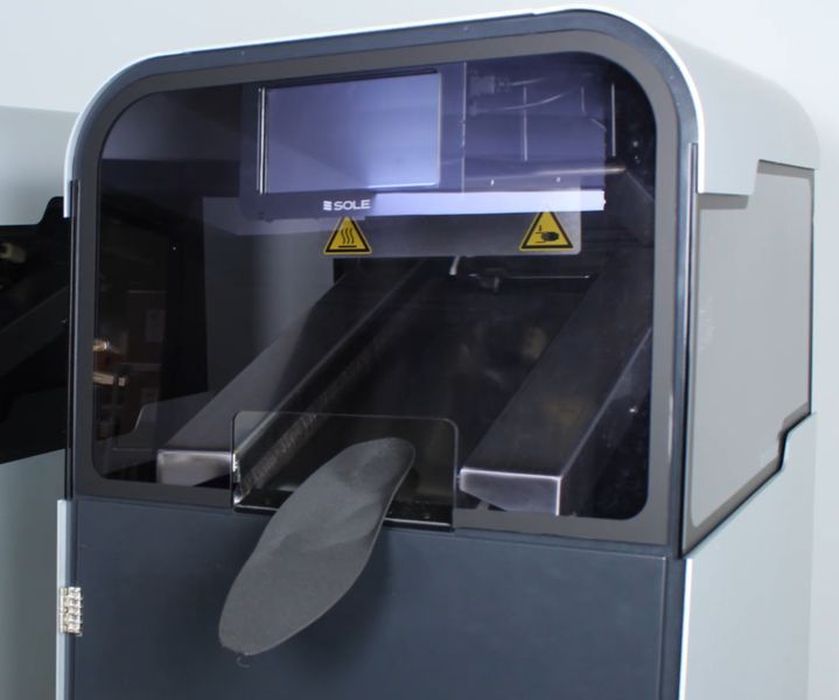
A post by OMD3D shows yet another way to avoid material waste with 3D printing.
Much has been said about how 3D printing processes are far less wasteful of material when producing objects. The typical scenario quoted involves comparing a metal 3D printed part with a CNC milled part.
The CNC process involves shaving off material from a starter block to gradually reveal the object. Depending on the geometry of the desired object, this could result in a staggering amount of waste. I’ve often heard examples where up to 80% of the original block would be discarded.
That’s important when the material is expensive. Imagine the cost of a massive block of titanium, and then throwing 80% of it away.
Actually, the waste isn’t really thrown out. It’s typically collected as scraps and then sent for recycling. The scraps are melted down once again at very high heat, and new blocks are made for the next customer. While it’s recycled, there is a tremendous amount of energy required to complete the cycle.
Meanwhile, a metal 3D printer simply uses what is required to build the object, more or less. Depending on the process used, there could be a requirement for support structures, that would be thrown out, and sometimes CNC milling is used to smooth the surfaces of metal 3D prints. So there is some waste, but it’s always spectacularly lower than just CNC milling.
The same comparison is not quite the same when looking at polymer items. Typically polymer objects are injection molded, which does not waste very much material, and compares well to 3D printing’s consumption.
But there’s a new comparison to make after reading a post by OMD3D.
OMD3D is a Belgian 3D print service that provides a wide variety of different 3D printing processes. One of their latest services is using the SOLE 3D printer from PodoPrinter.
It’s a device specifically designed to 3D print midsoles for footwear that we’ve looked at previously. It’s not a general purpose machine, but instead prints flexible midsoles, typically custom-shaped for the buyer.
OMD3D said:
“Let’s take for example insoles: traditionally produced it’s made from big foaming blocks, where the shape is cut out. Result: 60% of the material is lost, a lot of dust for your workers and very time consuming.
Thanks to Sole Podo 3D printers this is history! We offer you the complete integrated solution. No more dust (100% free of) and zero waste.”
This is an excellent point and is relevant far beyond the world of midsole production.
Foam objects are very often made using cutting. There are “hot wire” devices to quickly slice through foam, or sometimes laser cutters are used. Other times, cutting blades saw through foam to produce the desired shapes — and, as OMD3D said, a great deal of dust is created.
That foam dust is quite nefarious. Having encountered it in the lab a few times, I can say it is among the worst possible things to clean up in a workshop. That’s because the foam bits tend to stick to everything due to static electricity.
There are relatively few applications presently for using 3D printing as an alternative to foam, but perhaps there should be many more. It may take a considerable effort to educate manufacturers and makers on the concept, but if so, we’ll see fewer static-powered messes in the world’s workshops.
Via LinkedIn
